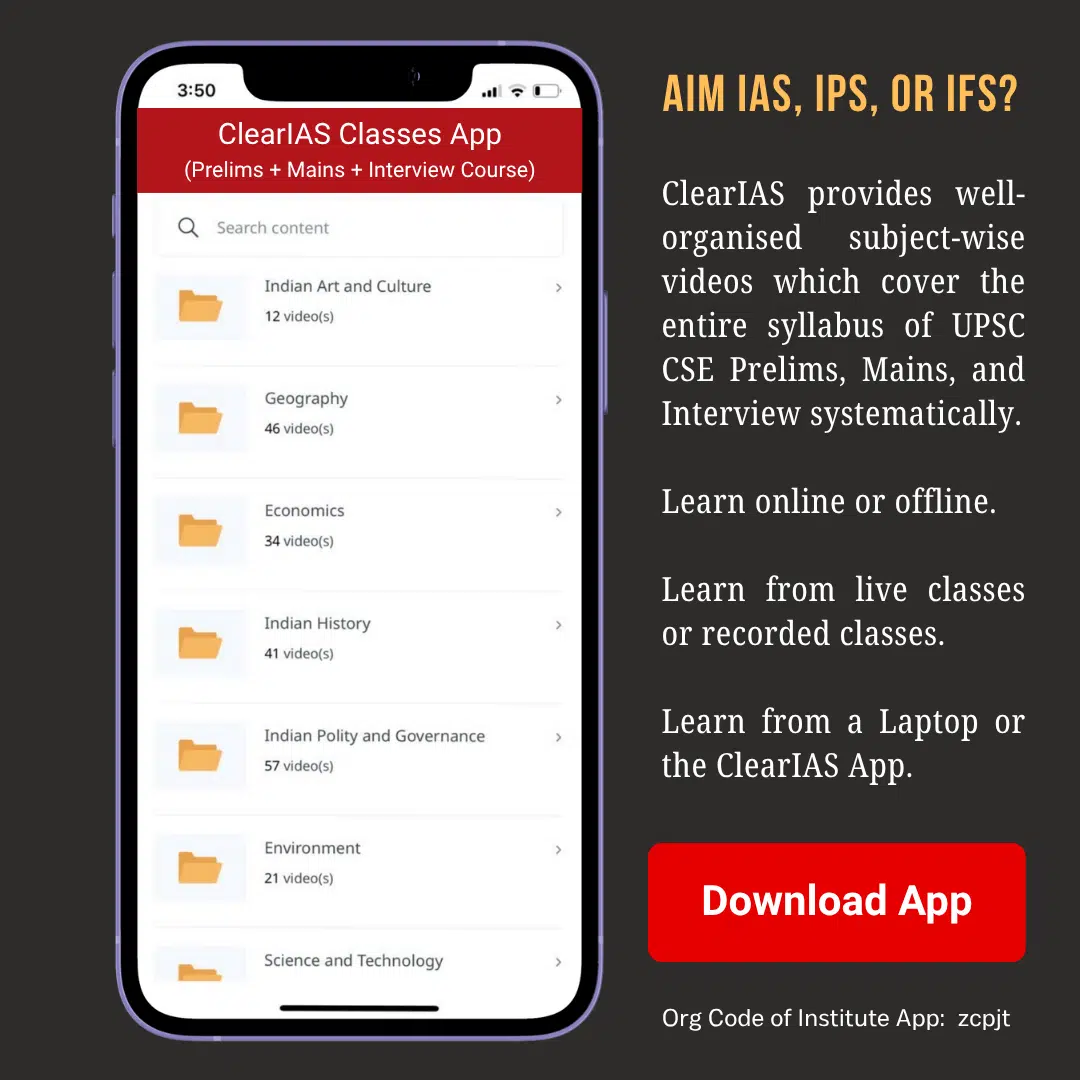
Pradhan Mantri Viksit Bharat Rozgar Yojana is a new push for Job Creation and Workforce Formalisation announced by the Prime Minister in his Independence Day speech. Read here to learn more.
On August 15, 2025, Prime Minister Shri Narendra Modi, in his 12th Independence Day address from the Red Fort, unveiled the Pradhan Mantri Viksit Bharat Rozgar Yojana (PMVBRY), a landmark scheme with a budgetary outlay of ₹1 lakh crore aimed at addressing India’s pressing need for job creation, youth skilling, and workforce formalisation.
With a target to generate 3.5 crore jobs in two years, the scheme combines incentives for both first-time employees and employers, signalling a comprehensive employment-linked initiative.
Pradhan Mantri Viksit Bharat Rozgar Yojana (PMVBRY): Background
India’s demographic dividend, with over 65% of its population under 35 years old, presents both an opportunity and a challenge.
While rapid economic growth has generated jobs, concerns remain about jobless growth, underemployment, and the large informal sector.
Key challenges include:
- High youth unemployment: India’s urban youth unemployment rate has hovered around 15–20% in recent years.
- Informality: Nearly 80-85% of the workforce is in the informal sector, lacking social security benefits.
- Sectoral gaps: Manufacturing has lagged in absorbing India’s growing workforce compared to services and agriculture.
Against this backdrop, PMVBRY attempts to catalyse employment generation, social security coverage, and workforce formalisation, particularly in the manufacturing sector.
Key Features of PMVBRY
Part A: Support to First-Time Employees
- Target Group: First-time employees registered with the Employees’ Provident Fund Organisation (EPFO).
- Incentive: Equivalent of one month’s EPF wage up to ₹15,000, disbursed in two instalments.
- 1st instalment: After 6 months of continuous service.
- 2nd instalment: After 12 months of service + completion of a financial literacy programme.
- Salary Cap: Employees earning up to ₹1 lakh/month are eligible.
- Savings Incentive: A portion of the benefit is to be held in a fixed savings instrument/deposit account, to promote a culture of saving among young employees.
- Estimated Beneficiaries: 1.92 crore first-time employees.
Objective: Encourage youth to enter the formal workforce, reduce attrition in the first year of employment, and instil financial discipline.
Part B: Incentives for Employers
- Eligibility: Employers in all sectors creating new jobs, with a focus on manufacturing.
- Incentive:
- ₹3,000 per month per new employee (with salary up to ₹1 lakh).
- An incentive is payable for 2 years for sustained employment of at least 6 months.
- For the manufacturing sector, incentives are extended to the 3rd and 4th years to promote long-term employment.
- Estimated Beneficiaries: 2.60 crore new employees incentivised indirectly through employer benefits.
Objective: Reduce hiring costs for employers, encourage expansion of the workforce, and boost manufacturing employment.
Incentive Payment Mechanism
- For Employees (Part A): Direct Benefit Transfer (DBT) via Aadhar Bridge Payment System (ABPS) into bank accounts.
- For Employers (Part B): Payments are directly credited to PAN-linked accounts of employers.
Broader Impacts and Expected Outcomes
- Job Creation at Scale: With 3.5 crore jobs targeted, PMVBRY could significantly reduce unemployment pressures in the short-to-medium term.
- Workforce Formalisation: Linking incentives to EPFO ensures social security coverage (PF, pension, insurance) for crores of youth.
- Boost to Manufacturing: By extending employer incentives beyond two years for manufacturing, the scheme aims to revive India’s “Make in India” push.
- Financial Literacy & Savings Culture: Mandatory financial literacy programmes tied to employee benefits will foster informed financial behaviour.
- Multiplier Effects: Enhanced employment will increase disposable incomes, domestic consumption, and tax revenues.
Challenges and Considerations
- Implementation Bottlenecks: Ensuring timely verification of new employees and preventing misuse by employers through “ghost employment” will be crucial.
- Fiscal Burden: ₹1 lakh crore outlay over two years will test fiscal discipline; efficiency in targeting and monitoring is essential.
- Sectoral Distribution: While manufacturing is prioritised, the service sector (especially IT, retail, logistics, and healthcare) may demand greater integration.
- Sustainability: Long-term job retention beyond the incentivised period remains uncertain without parallel economic growth.
- Monitoring & Evaluation: Transparent mechanisms for tracking job creation, financial literacy outcomes, and impact assessment are needed.
Way Forward
- Integration with Skill Development: Synergy with Skill India and PM Kaushal Vikas Yojana (PMKVY) will ensure new employees are not only hired but also trained.
- Digital Monitoring: Use of Aadhaar, EPFO, GSTN, and PAN databases to prevent duplication and leakages.
- Focus on Women & Rural Youth: Special provisions could enhance female labour force participation and rural employment.
- Sector-Specific Adaptation: Tailoring employer incentives for sunrise sectors like green energy, electronics, and EV manufacturing.
- Regular Review Mechanism: Quarterly reporting and third-party audits to refine design and ensure accountability.
Conclusion
The Pradhan Mantri Viksit Bharat Rozgar Yojana represents a bold attempt at tackling India’s intertwined challenges of youth unemployment, informality, and industrial stagnation.
By balancing incentives for employees and employers, while linking benefits to EPFO enrolment, DBT, and financial literacy, the scheme combines social security expansion with job creation.
Its success, however, will depend on effective implementation, strict monitoring, and complementary reforms in skilling and industrial growth.
If executed well, PMVBRY can mark a turning point in India’s journey towards becoming a Viksit Bharat by 2047, where employment growth matches the aspirations of its youthful population.
Related articles:







Leave a Reply